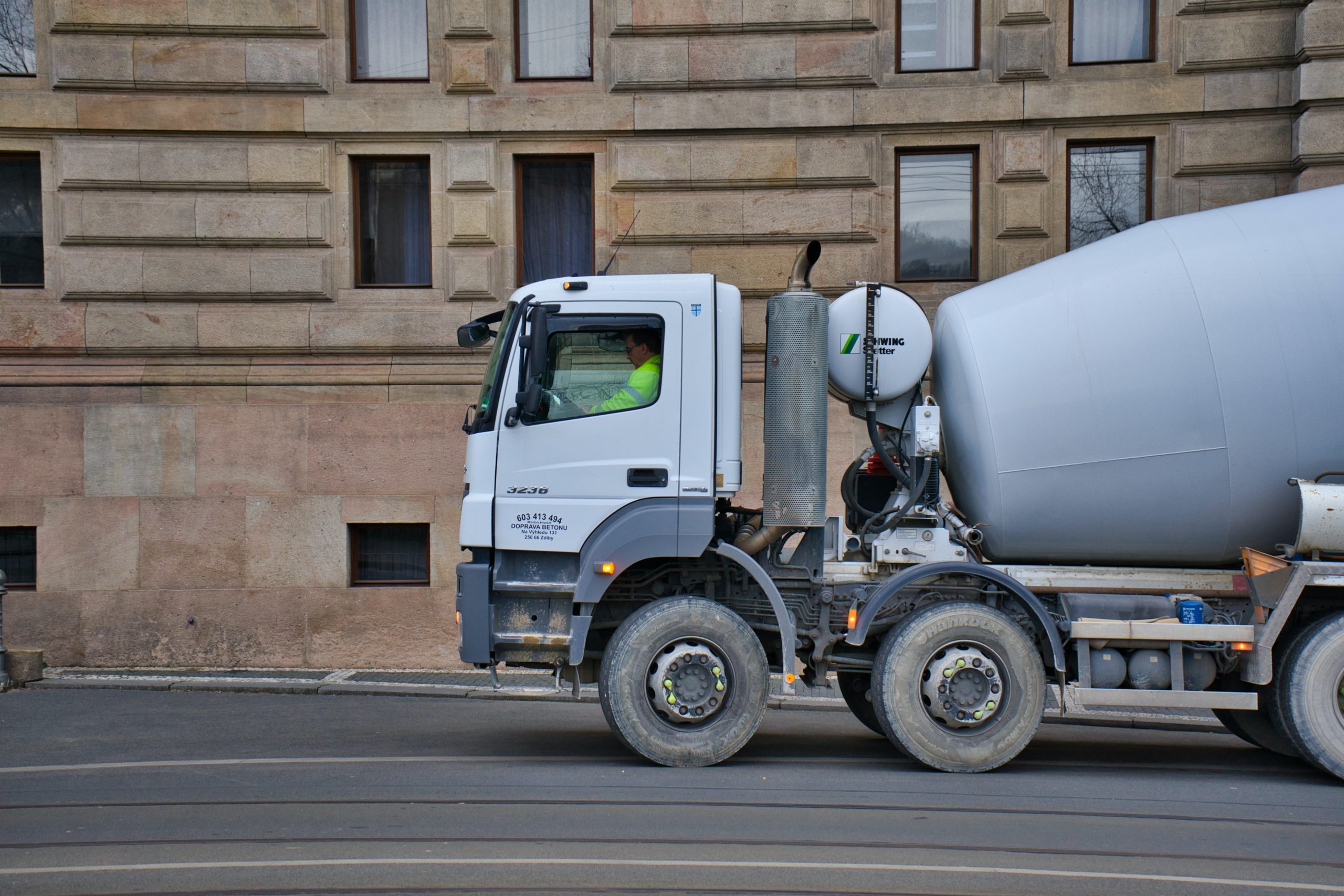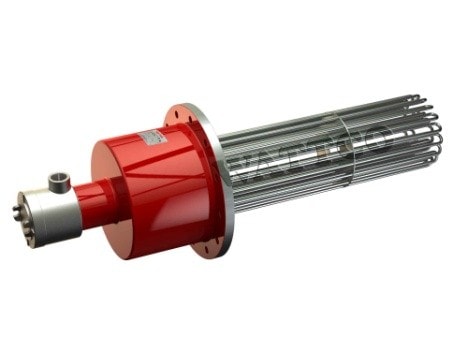Selecting Immersion Heaters for Curing Cement
Last updated on September 15th, 2020 at 03:46 pm
 Cement is essential to infrastructure. As far back as 700 BC, people were building kilns to prepare cement for homes, flooring, and cisterns. Today, we still use cement heavily in the construction industry. But our heating technology is far more sophisticated.
Cement is essential to infrastructure. As far back as 700 BC, people were building kilns to prepare cement for homes, flooring, and cisterns. Today, we still use cement heavily in the construction industry. But our heating technology is far more sophisticated.
Modern cement is made stronger and more durable through a curing process that uses immersion heaters.
Cement Curing Overview
From sidewalks to skyscrapers, the construction industry uses cement curing in most projects. Cement curing strengthens the material making more durable. As well as improving resistance to cracking and shrinking.
High temperatures and moisture in the early stages of forming concrete improve the mixture. Where possible, curing is a superior option to drying concrete. Cured concrete has a greater level of hydration and, therefore, greater durability.
Components for Industrial Cement Curing
Curing cement for industrial use requires control over a number of variables. The most important of these include relative humidity, temperature, and time. The specific settings determine the properties of the finished concrete. The key components that allow this control include:
Curing Tank or Cabinet
The concrete product is placed inside of a curing tank or cabinets to cure. They provide a controlled environment with heat and moisture.
In a curing tank, the humidity is provided by submerging the cement in a bath. A tank heater provides the heat, so it can achieve the desired properties. A standard curing tank has an open top, allowing for simple construction and ease of access.
An accelerated curing tank, however, is a closed vessel. It has higher costs due to the insulated walls and more complex design. But it also offers faster curing times.
A curing cabinet is a closed unit. They take advantage of both an immersion heater and a refrigeration unit. Humidity percentage can be set more accurately in cabinets than in tanks.
Immersion Heater
For both curing tanks and cabinets, immersion heaters play an important role. They supply the heat necessary to cure the cement. Immersion heaters are more efficient because they provide direct heating. As a result, they can achieve target temperatures faster and more accurately.
Thermostat/Thermoregulator
Temperature monitoring and regulation are essential for effective curing. Using thermostats and thermoregulators allow for accurate measurement of temperature. Digital controllers can automatically react if temperatures fall outside of the target. They ensure the cement has the desired properties.
Immersion Heater Requirements
Curing tank immersion heaters require specific settings to maximize efficiency. Their individual requirements vary depending on the processes and type of curing. A few considerations include:
Wattages
Wattco immersion heaters are custom-manufactured, allowing clients to select specific materials and wattages. Under regular conditions (20℃ & 50% humidity) a curing tank heater needs a 1000 watt heat output.
In less controlled environments Wattco can make individual recommendations. An accelerated curing tank requires a higher output, usually 4500 watts.
Materials
Material selection is important for curing tank heaters. Improper use of materials can lead to damage or inefficiency. Corrosion resistance is an important factor. As such, Incoloy shielded elements and stainless steel housing are popular options.
Accessories
It’s also important to equip immersion heaters with the right accessories for curing. Thermocouples and thermoregulators are a necessity for measuring and maintaining accurate temperatures. It’s important to keep the temperature hot enough, without drying out the cement.
As well, accelerated curing tanks are best paired with a timer. A digital timer can automatically shut the process down upon completion. This prevents overcuring, ensuring product quality.
Water circulation pumps are another option to help increase efficiency. They also help to maintain a consistent temperature throughout the tank.
Immersion Heater Type
For curing tank immersion heaters, tubular heaters are a popular choice. Tubular heating elements are versatile and available in custom configurations. They are capable of withstanding high-temperature heating. As well, we use magnesium oxide for efficient heat transfer.
These heating elements are commonly used in flanged tubular heaters. Flanged heaters are extremely efficient, reaching target temperatures quickly and accurately.
Curing Tank Immersion Heater Quotes
For the most efficient processes and long-lasting equipment, look for custom immersion heaters. Wattco custom-manufactures immersion heaters for your specific application, for optimal settings and materials. Contact us today for curing tank immersion heater quotes and information.

